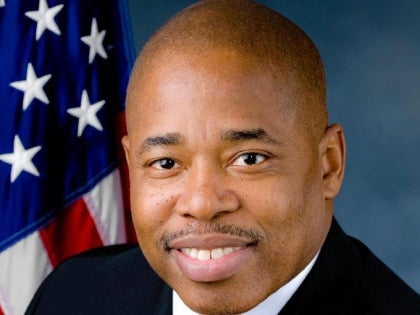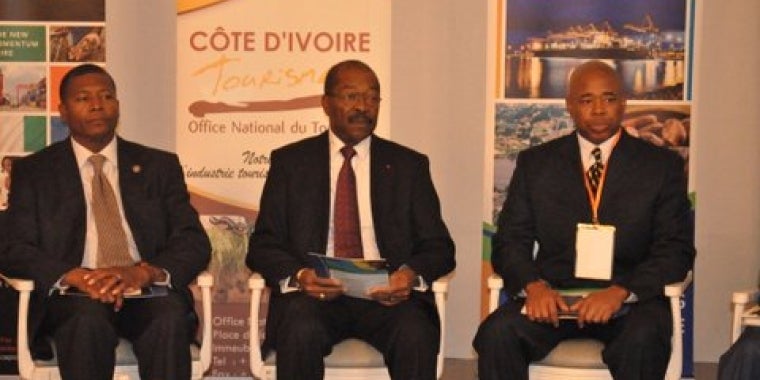
SUNY Downstate Medical Center Emergency Town Hall Meeting
Eric Adams
June 20, 2012
Senator Adams, along wtih the Brooklyn Delegation of the New York State Legislature held a town hall meeting to discuss the fiscal status of SUNY Downstate Medical Center, and its relation to services and jobs that are provided. Below are some key important facts about the status of SUNY Downstate Medical Center:
· Who are the patients who rely on Downstate for care?
Four hundred thousand (400,000) patients walk through the doors of Downstate on an annual basis. Eighty-five percent (85%) of those patients are African-American from Central Brooklyn, East New York, Flatbush, Canarsie, and Mill Basin. And sadly, a substantial number are uninsured or significantly underinsured, elderly, chronically ill and requiring specialized inpatient and outpatient treatment solely available at Downstate. Downstate serves a community with a high rate of obesity, hypertension and diabetes.
Consider the options that will then be available to our community’s population. Where and how will the infirmed, the elderly, the chronically ill receive health care? Who will assume the 130,000 annual clinic visits and the 70,000 emergency room patients?
· What does Downstate mean to a diverse community?
Sixteen hundred students receive medical, nursing and public health education and training annually. This is where the crop of minority medical professionals is harvested and where one of the highest minority student populations exists. But more important to the Borough of Brooklyn and to metropolitan New York is that eighty percent (80%) of the medical school graduates remain in New York City and predominantly in Kings County.
· What does the closing of Downstate Medical Center mean for Brooklyn?
Consider that Downstate Medical Center employs 8,000 individuals, 60% of whom reside in Brooklyn, rent and own homes and contribute to the local economy.
The truth is that Downstate Medical Center is the fourth largest employer in the Borough of Brooklyn. Consider the domino effect of unemployment on local real estate and on the merchants who rely on this resident population to sustain their businesses.
· What are we facing over the next few weeks?
Some employees may have already received notices of pending termination. Others are in limbo not knowing what to expect. Here is what we know:
With its non-public workforce LICH is currently most vulnerable and can anticipate an imminent lay-off of 450 staff and UHB can anticipate notices to 500 employees. Ultimately, 25% of the workforce can expect to be laid off within the year. Those individuals with collective bargaining agreements requiring a year notice will be receiving notifications.
In order to allow time for an analysis of the fiscal status of Downstate and to restructure the finances of the hospital, the SUNY Board of Trustees have secured a bridge loan of $75 million to meet the obligations of the current fiscal year. As such there is a $35 million shortfall for 2012 and $110 million is needed for next year.
Share this Article or Press Release
Newsroom
Go to Newsroom
Senator Adams Hosts Karaoke Toy Drive
December 17, 2013

Senator Eric Adams leads a delegation in the Ivory Coast, West Africa
December 10, 2013